- ● homepage
- ● archives
- ● restoration
- ● books
- ● big banners
- ● post board
- ■ neo's search
- ■ about us
- ■ 게재방법 안내
- 개인정보처리방침

- [email protected]
- Tel. 02_335_7922
- Fax. 02_335_7929
- 10:00am~04:30pm
- 월요일~금요일
- 3/3(월) 대체공휴일

섬...Isle
이종헌展 / LEEJONGHEON / 李鍾憲 / photography 2013_0123 ▶ 2013_0205 / 월요일 휴관
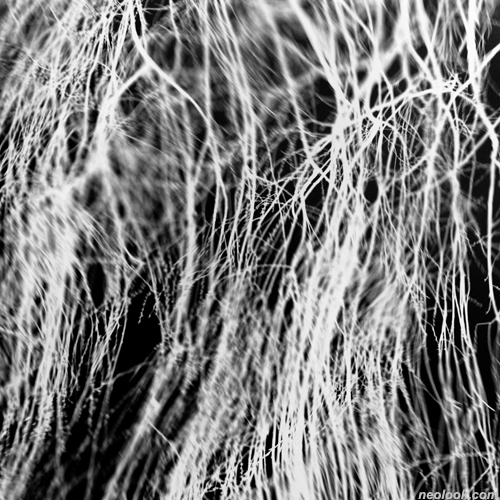
- 이종헌_섬01_피그먼트 프린트, 디아섹_100×100cm_2013
초대일시 / 2013_0123_수요일_06:00pm
관람시간 / 10:30am~07:00pm / 월요일 휴관
갤러리 아트사간 GALLERY ART SAGAN 서울 종로구 삼청로 22 영정빌딩 3층 Tel. +82.2.720.4414 www.artsagan.com
섬... Isle ● 사람들 사이에 섬이 있다. / 그 섬에 가고 싶다. (詩. 정현종) 모든 나무는 흔들린다. 나이테가 늘면 늘수록 땅이 너무 멀어 어지러워 흔들리는... 가까이 있지만 서로에게 다가 갈 수 없는 고립된 섬... 인간 사이에 있는 그 섬에 가고 싶은 것이다. 그 섬에 다가 가면 갈수록 상실감만 늘어가는 나무의 나이테처럼... 세상을 살다보면 나이를 먹다보면 사람들의 눈에는 탁한 섬이 있다. 내가 아닌 내 안에 갇혀 있는 섬이 그 안에 있다. 이름 없는 그 각각의 섬에는 세상과 이별한 버드나무가 자란다. 본 작품은 물이라는 물성과 친숙한 버드나무를 소재로 해서 인간의 내재된 불안한 심리를 네가티브 형식을 도입해서 긴장감을 극대화 시켰고, 이 작품으로 사람들과 마음의 치유를 공유해서 수취인 불명의 그 섬에 배달가고 싶다.
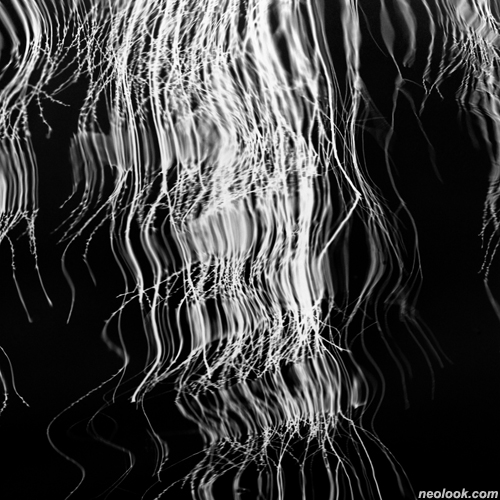
- 이종헌_섬02_피그먼트 프린트, 디아섹_100×100cm_2013
Isle ● Between people an isle exists. / I want to cross over to that isle. (Isle by Jung Hyun-jong) All trees whiffle. As growth rings grow, I feel dizzy since the land becomes distant... The isolated isle is close yet unable to come close... I want to go to the isle that is among people. Like the growth rings whose sense of loss grows as it comes closer to the isle... If I live, If I get older. A murky island is visible in people's eyes. There is an isle locked in me. A willow tree parting from the world grows in each unknown isle. Work maximizes mental unease and tension innate in humanity with the physical property of water and subject matter of the willow tree. I like to deliver a blind letter to the island with a work healing people's minds.
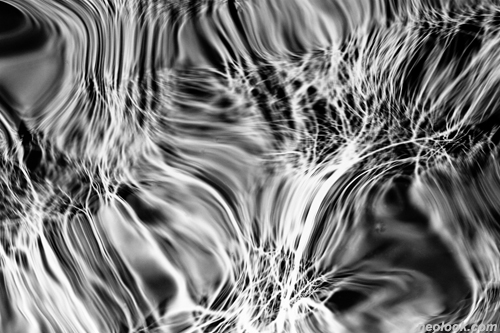
- 이종헌_섬03_피그먼트 프린트, 디아섹_100×150cm_2013
낯선, 그러나 소통의 섬을 향한 진중한 항해 ● "사람들 사이에 섬이 있다. / 그 섬에 가고 싶다."(정현종 「섬」) 한번이라도 사무치게 사랑을 경험한 이들은 알 것이다. 우리가 사랑하는 이와의 절대적인 일치감을 느끼고자 얼마나 많은 시간을 몸부림치며 애쓰는지. 동시에 아무리 사랑하는 사람도 '나'의 삶과 온전히 합체될 수 없다는 사실에 안타까워하는지를. ● 인간들 각자는 대체 불가능한 유일한 존재다. 그렇기에 필연적으로 인간의 삶에는 고독과 외로움이 뒤따른다. 그러나 인간의 가장 기본적인 욕망 가운데 하나는 '타자(他者)'라는 '또 다른 세상'에 도달해 완벽한 소통을 이루는 것이다. 그러나 그 세상은 이상의 세계일 뿐이다. 그렇다고 해서 홀로 '나'라는 세상을 지키기에 인간은 너무나 나약하고 고독하다. 이렇기에 한낱 이상의 세계라도 우리는 이 '또 다른 세상'을 향해 돛을 올린다. 나와 타자 사이의 세상 사이에 존재하는 '섬'에 이르는 것, 바로 이것은 어쩌면 인간 욕망의 근본적인 한계에 대한 타협일 것이다. 이상의 세계는 아닐지라도 우리가 현실 속에서 타자를 만날 수 있는 곳, 완벽한 소통은 아니더라도 우리가 현실 속에서 세상과 연결되는 곳, 그곳이 바로 '섬'이니까. 그래서 '섬'은 우리가 '도달할 수 있는' 사람들과의 관계, '불완전하지만 따뜻한' 소통의 또 다른 말이라 하겠다.

- 이종헌_섬05_피그먼트 프린트, 디아섹_70×230cm_2013
작가 이종헌의 작업은 이러한 인간 존재의 기본적인 열망에서 시작된다. 작업 초기부터 끈질기게 그의 뒤를 따르던 고립감은 작가로 하여금 자신을 늘 외떨어진 존재로 인식하게 만들었다. 그러나 역설적으로 이러한 고립감은 그에게서 또 다른 세상을 향한 탈출의 욕구를 불러일으켰다. 이렇게 그에게 있어 속하기와 버려지기, 갈망과 거부. 이러한 양가적 감정은 마치 동전의 양면과도 같다. 서로를 거부하면서도 끌어들이며 그를 사진작업의 세계로 인도한 것이다. 작업의 시작은 다소 늦었다. 38세라는 늦은 나이에 사진기를 처음 집어 들었다. 물론 미술에 대한 관심은 어린 시절부터 그를 붙잡았다. 그러나 1남 5녀의 가난한 집안 환경에서 미술공부는 그에겐 사치였다. 38살은 그에겐 시련의 시기였다. 이혼이라는 아픔이 있었다. 자연스레 카메라를 들고 밖으로 나갔다. 주변의 모든 풍경이 상실감으로 가득 찬 그에겐 치유의 알약과도 같았다. 수천 장의 사진을 찍고 나서 작가는 세상을 향해 조금씩 문을 열 수 있었다. 이때 유독 그의 마음을 흔드는 대상이 있었다. 바로 버드나무였다.
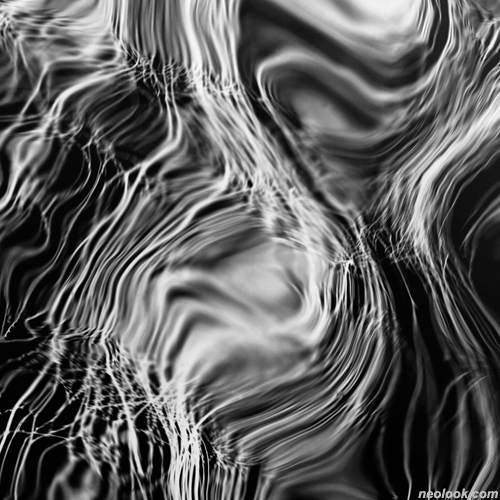
- 이종헌_섬06_피그먼트 프린트, 디아섹_100×100cm_2013
자연의 형상을 통해 인간의 내면을 동화시키려는 사진들은 많다. 그러나 인간의 내적인 형상을 자연을 통해서 드러내기는 쉽지 않다. 인간의 내적 형상이 자연의 형상과 맞아떨어지는 것이 어렵기 때문이다. 이종헌은 복잡다단한 인간의 감성과 이들간의 관계를 버드나무에 투영시킨다. 그에게 작업은 고립감과 결핍을 채우기 위한 방편이다. 그리고 이러한 고립감과 결핍이 다른 이들과의 소통을 위한 최소한의 조건이자 그들을 향해 나아가는 추진력이 되었다. 작가는 이를 뒤에서 부는 바람 삼아 돛을 올렸다. 소통이라는 섬을 향해 항해를 시작한 것이다. 정현종의 시 「섬」과 같이 이종헌 또한 '사람들 사이의 섬'으로 향했다. 그의 작품 제목이 「섬」이 된 까닭이다. ● 「섬」은 버드나무가 주인공이다. 작가 이종헌은 다양한 형상의 버드나무를 담아내고자 경복궁과 창경궁 그리고 선유도 공원으로 나간다. 카메라 뷰파인더를 통해 잡아낸 사계절 속 버드나무는 물에 아련히 비치는 가지의 실루엣, 가지 위에 돋아 오르는 싹, 확대되어 해체된 낯선 형태들까지 다양하고 변화무쌍하다. 게다가 단순히 대상을 드러내는 것이 아니라 포토샵으로 명암을 반전하고 컬러를 모노크롬으로 변환시켜 감상자에게 그 낯섦을 극대화시킨다. 흑백의 확대된 버드나무는 마치 사람의 머리칼과도 같고, 뇌세포의 복잡한 신경조직과도 같다. 나이가 들수록 소통의 어려움을 느끼는 사람들의 모습은 나이테가 늘어나며 복잡다단하게 가지를 뻗치는 버드나무의 모습을 닮았다. 그는 버드나무를 통해서 추상적인 인간사를 구상화 한다. 동시에 보는 이로 하여금 모든 구상적인 형태 안에서 추상성을 찾게 한다. ● 위에서 언급했듯이 작가는 소통에 대한 갈망과 좌절의 상태를 극대화 하기 위해 보편적이고 일반적인 사진 읽기에서 일탈해 반전과 모노크롬으로 대상을 낯설게 한다. 다양한 색의 스펙트럼에서 흑과 백만을 집어낸 그의 사진에서 우리가 지금까지 보아왔던 컬러풀한 색조가 드러내는 감정의 고조를 찾아볼 수는 없다. 역으로 작가는 최대한 감정을 배제시킨다. 흑백의 사진 속 버드나무는 명암의 반전을 통해 편안한 풍경사진에서 쓸쓸함과 긴장감이 고조된 낯선 풍경으로 변모하게 된다. 더 이상 우리네 삶 속 마주하는 버드나무가 아닌 낯선, 색다른 '섬'의 형태를 띠게 된 것이다. 작가의 시선에 잡힌 피사체는 시각적 진술이기보다는 이미지를 통한 자신의 감정의 흔적인 것이다.
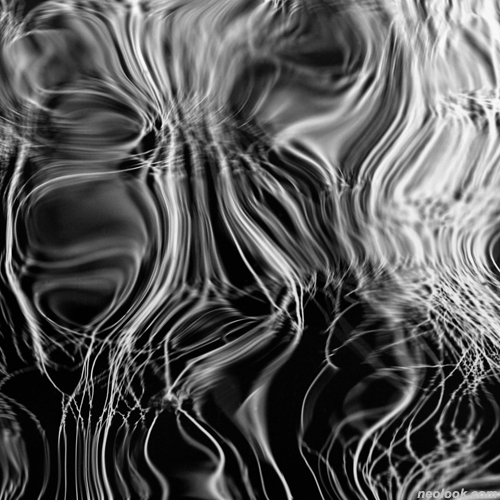
- 이종헌_섬07_피그먼트 프린트, 디아섹_100×100cm_2013
롤랑 바르트는 자신의 저서 『카메라 루시다』에서 스튜디움과 푼크툼이라는 개념을 이야기한 바 있다. 일반적인 사회적 코드 안에서의 사진독해를 스투디움이라 한다면 푼크툼은 반대로 어떤 사진을 볼 때, 모든 의미의 해석에 앞서 이른바 '필이 꽂히는' 체험을 하게 되는데 그러한 개인적 체험을 일컫는다. 바르트가 주장하는 이 강렬한 체험은 각각의 사진 속 '개별적' 존재가 찌르는 고유한 효과인데, 이는 곧 사진이 우리 신체에 남긴 '자국'과도 같다. ● 이종헌의 작업은 마치 바르트가 설파했던 푼크툼의 이미지를 보는 것 같다. 이종헌은 자신의 경험, 자신 안에 켜켜이 쌓아놓았던 생각과 의식들을 피사체와 연결시킨다. 이는 마치 작가 스스로를 벌거벗겨 우리에게 내보이는 것과 같다. 그리고 작가는 자신만의 내밀한, 흑과 백이 '반전'된 낯선 버드나무를 통해 '역설'적이지만 조심스레 제안한다. 우리의 맘 속 저 깊이 숨어있던 자국들을 끌어내어 보라고, 그래서, 함께 소통의 섬으로 가 보자고. ■ 이승민
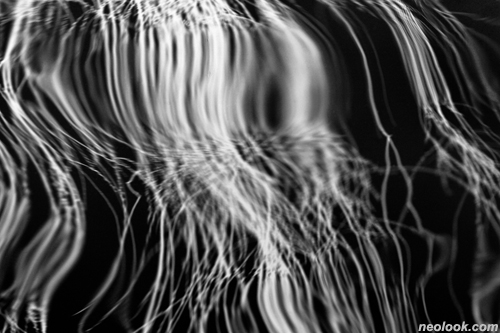
- 이종헌_섬08_피그먼트 프린트, 디아섹_100×150cm_2013
A Serious Voyage toward a Strange yet Communicative Isle ● Between people an isle exists. / I want to cross over to that isle. (Isle by Jung Hyun-jong) Those who have only once experienced intense love may know how long they have strived to feel absolute oneness with those they love and how much they regret that they could not be one with those they love, no matter how they love them. Each individual is an irreplaceable, sole being. Human life thus inevitably entails solitude and isolation. A basic desire is to reach 'another world' of others and have perfect communication. But, the world is just an ideal, and each individual is feeble and lonely in protecting his or her world alone. ● Even if the world is just an ideal, we start our voyage toward 'another world'. The world is like an island between me and others. Although the isle is not an ideal world, it is a place where we can meet others in reality, and has a connection and communication with the world in reality. The 'isle' is thus another world of 'our relation with others' we can have, and 'imperfect yet warm' communication. ● Artist Lee Jong-heon's work derives from fundamental human aspiration. Due to the sense of isolation he has consistently felt since his early work, Lee has always recognized himself as an isolated being. Paradoxically however, such isolation invokes a desire for escape to another world. For the artist, ambivalent emotions such as inclusion and being excluded, aspiration and rejection are like two sides of one coin. He has been guided to the world of photography, rejecting or being attracted by these feelings. He belatedly engaged in photography at 38. Of course, he was interested in art as a child, but studying art was a luxury because he was from a poor family with six siblings – one son and five daughters. When he was 38, he was experiencing a tough period. He underwent the pain of divorce. It was natural he went outside with a camera. All surrounding scenes were like pills healing his sense of loss. After taking thousands of photographs he could open his world little by little. At the time, willow trees left him particularly in turmoil. ● Many photographs are taken to identify human inner aspects with natural form. But, it is not easy to identify humanity's inner aspect through nature because the two are often discordant. Lee reflects intricate human emotions through willow trees. For him work is a way to dissolve a sense of isolation and deficiency. Such sense has been a minimum condition and driving force for communication with others. He sets out a voyage to the island of communication. As in Jung Hyun-jong's poem Island, Lee also heads for the 'isle between people'. That is why his work title is Isle. ● Willow trees are the main subject matter in Isle. Lee visits Gyeongbokgung, Changgyeonggung, and Seonyoudo Park to capture a variety of willow trees. Willow trees in the four seasons captured with the camera vary, including stem silhouettes reflected on water, sprouts from the stems, and enlarged, deconstructed unfamiliar shapes. Lee maximizes such unfamiliarity by reversing light and shade and transforming polychrome to monochrome with Photoshop rather than simply revealing objects. Enlarged black-and-white willow trees look like hair or intricate neurons. Those who feel difficulty in communication as they grow older resemble willow trees with complicated, spreading twigs. He represents abstract human affairs figuratively, making viewers find abstraction in figurative form. ● As mentioned above, the artist de-familiarizes objects through reversal and monochrome to maximize our aspiration for and frustration in communication, deviating from any universal, general reading of his photographs. Seemingly extracting only black and white from the spectrum of diverse colors, his photographs show no upsurge of emotion we see in colorful tones. On the contrary, Lee excludes emotion as much as he can. Willow trees in his black-and-white photographs are transfigured from a comfortable landscape to an unfamiliar scene tinged with heightened desolateness and tension. The willow trees are not objects we meet in our daily life but appear as a strange, unique 'island'. The objects his eye captures are not his visual statement but traces of his emotion represented through images. ● Roland Barthes in his book Camera Lucida denoted the twin concepts of studium and punctum. While studium refers to the social interpretation of a photograph, punctum refers to personally touching detail which establishes a direct relationship with and experience of the object or person within it, prior to interpretations of meaning. This intense experience Barthes asserts is an intrinsic effect each 'individual' being within a photograph has, that is like a 'mark' a photograph leaves on our bodies. ● Lee's work looks like a punctum image Barthes denoted. He associates his experience, thoughts, and the consciousness he has accumulated within him with objects of photography. This is like unclothing himself and showing us. And then, he paradoxically yet carefully suggests that we try to draw out traces deep hidden in our hearts and go together to the isle of communication through willow images whose black and white is reversed. ■ Lee Seung-min
Vol.20130123f | 이종헌展 / LEEJONGHEON / 李鍾憲 / photography
